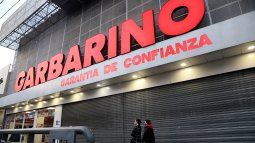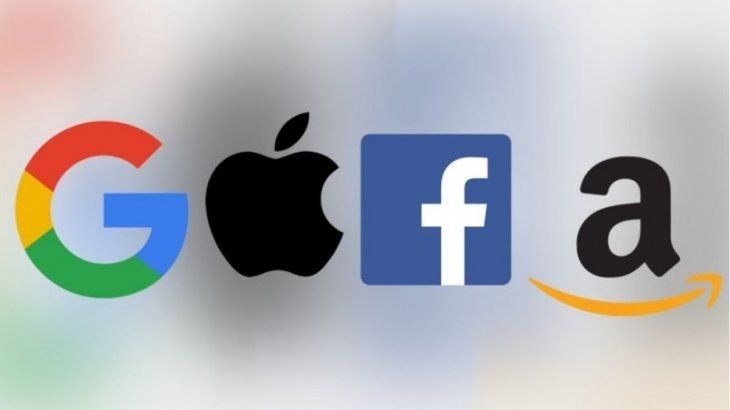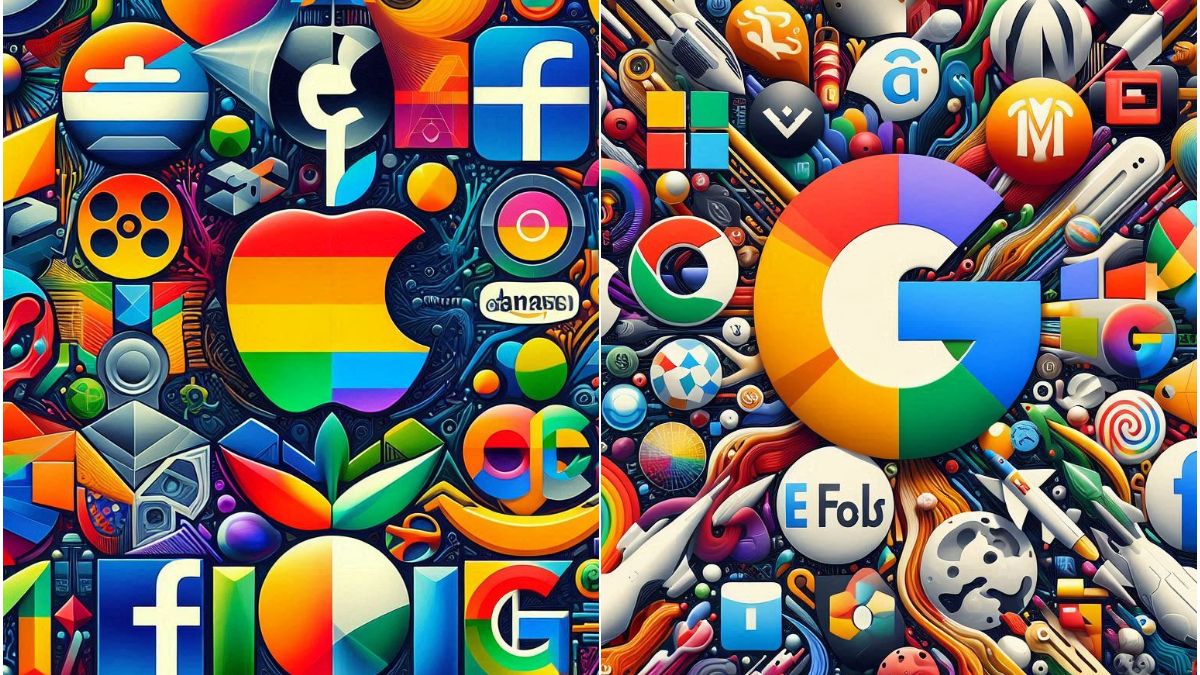A brief comparison between the greatest global technological versus the companies that marked the history of the world provides a simple panorama of who is who and who was the one who
Recently the market celebrated that the technological NVIDIA managed to reach the record brand of US $ 4 billion stock capitalization, and a few weeks later the once technological giant Microsoft was united. The rise of the world technological business raised the so -called “7 magnificent” at the top of global market assessments. Thus Nvidia, Microsoft, Apple, Amazon, Alphabet (Google), Meta (Facebook) and Tesla redefined market domain and today presume their mega-millionarios stock valuations. However, when comparing them with whoever they were the Titans of History, they barely reach the waist and the ankles. According to current standards, and thanks to monopolistic practices and speculation, the historic companies of the seventeenth and eighteenth centuries came to be worthless, well above the current records. According to data from the financial manager and advisor The Motley Fool (TMF), of the Gardner brothers, updated by Visual Capitalist-Voronoi (VC-V), the market capitalization of the shares of the “Magnificent Seven” They are less than three of the largest companies in history: Dutch East India Company (the Dutch company of the Eastern Indies), Mississippi Company (the Mississippi company) and South Sea Company (the company of southern seas).
The content you want to access is exclusive to subscribers.
According to TMF and VC-V calculations To today’s values, the Dutch company of the Eastern Indies of 1637 would be worth about US $ 10.15 billion, the Mississippi company of 1720 about US $ 8.35 billion and that of the south seas in 1720 about US $ 5.52 billion. When the largest of the “7 magnificent” today is worth just over US $ 4 billion, something similar Microsoft, Apple just over US $ 3 billion, Amazon U $ 2.40 billion, Alphabet US $ 2,25, target U $ S1,77 and Testa more than one billion dollars. So the VOC, founded in 1602, remains the largest in history by reaching a maximum assessment of more than US $ 10 billion at today’s prices.


The Amsterdam and VOV bag: how was its history?
In the heart of that prosperous Amsterdam, in 1602, a building was erected that changed forever the way business is understood and done: The Amsterdam Stock Exchange, the world’s first bag of values. Although for the vast majority of people, the history of “trading” evokes images of Wall Street in New York or the London Stock Exchange, few know that Amsterdam, a city famous for its channels and tulipanes, was the true epicenter of modern financial trade. In this city, the Dutch Company of the Oriental Indies, known as the VOC (Vereenigde Oostindische Compagnie)made a revolutionary decision that would lay the bases of the stock market as it is known today. The voc was not just any company. Founded at the beginning of the 17th century, He quickly became one of the most powerful and rich corporations of his time, with the monopoly of commerce in Asia.
But what really made her exceptional was her Innovative financial structure: instead of depending solely on the investment of a few rich, the VOC decided to raise capital offering shares to the general public. This decision was key. For the first time, any citizen with a little money could become a investor and have a part of a company that operated on the other side of the world. In 1602, the VOC raised sufficient capital to later create a multinational conglomerate of global scope, with more than 70,000 employees in its peak. Thus, investors bought shares of the VOC and received in return a document that certified their participation in the company. As the company prospered, the benefits were distributed in the form of dividends. Thus was born the concept of sharing the risk and reward, a fundamental principle in the world of “trading” and investments.
Google Gafa, Apple, Amazon Facebook.jpg

The rise of the world technological business raised the so -called “7 magnificent” at the top of global market assessments.
In addition, the creation of the Amsterdam Stock Exchange not only facilitated the purchase and sale of these actions, but also allowed the appearance of a secondary market. Here, Investors could trade actions with each other, establish prices and speculate on the future value of companies. This dynamism attracted all kinds of characters: from experienced merchants to adventurers and speculators. The vibrant discussions and the heated negotiations in the streets and coffees of Amsterdam gave life to an active and constantly evolving financial market. But The Amsterdam Stock Exchange not only changed the way business was carried out, but also democratized the investment. Before their creation, only the very rich could participate in large commercial companies. Now, anyone with sufficient vision and capital could invest, diversifying their portfolio and, potentially, increase their wealth. This broader access to investment opportunities encouraged an entrepreneurial spirit and helped feed the golden age of the Netherlands. However, not everything was perfect. The Amsterdam stock market was also the scene of the first financial bubbles and the first market crises. One of the most notorious examples was The “tulipomania” of the 1630swhen unbridled speculation in the prices of tulipanes bulbs led to a bubble that finally exploded, causing significant financial losses. This episode was an early lesson about the dangers of excessive speculation and the inherent risks of the market.
The voc with the support of government statutes and global monopolies controlled much of the spice trade, which gave it an unparalleled economic power in its time, could acquire exotic products, establish colonies, create military forces and even start wars throughout the world. Despite its 200 years of experience as the largest commercial giant in Europe, the speculative peak of the company’s perspectives coincided with the Tulipanes fever in Holland in 1637. During this time of effervescence, The VO was worth 78 million Dutch florins, which is equivalent to $ 10.2 current billion.
Who were the other two largest companies in history?
There were two other historical companies that make up this triad with the VOC and that were protagonists of the speculative bubbles of the 18th century: the Mississippi Company and the South Sea Company, that reached their maximum point in 1720 in the middle of those huge speculative bubbles. In your moments of maximum boom, Its valuations reached US $ 8.35 billion and the US $ 5.52 billionrespectively. However, both collapsed shortly after, serving as early examples of market euphoria and financial instability. For example, the Mississippi company was a French commercial company with exclusive rights to develop the French territories of Mississippi and Louisiana. Investors were attracted to speculation about the vast richness of Louisiana’s natural resources (for example, gold), but never obtained benefits.
During the era of sailing, “really big” meant something that was worth millions of pounds sterling, and two companies stood out from the rest, although not for especially positive reasons. Two bubbles were formed in 1720 around speculative corporations that promised to capitalize on trade with the American continent. Between them, Mississippi companies and southern seas would reach a combined value of 500 million pounds sterling, which gave rise to the terms “millionaire” and “bubble”.
This happened in 1720, when the average life expectancy of an person was less than 40 years and could be lucky if he earned some money. The real economic value of the two companies in its peak would exceed the US $ 14 billion today. But since neither of the two companies managed to trade with America a lot, this resembles the Puntocom bubble at a hyper-manic level. To imagine something similar in terms of the Puntocom, we should imagine the Executive Director of the Webvan Food Trade website raising $ 10,000 of each person in the United States, in exchange for exclusive shipping rights to the city of Athens, analysts exemplify. Anyway, times change.
Source: Ambito
I am a 24-year-old writer and journalist who has been working in the news industry for the past two years. I write primarily about market news, so if you’re looking for insights into what’s going on in the stock market or economic indicators, you’ve come to the right place. I also dabble in writing articles on lifestyle trends and pop culture news.




